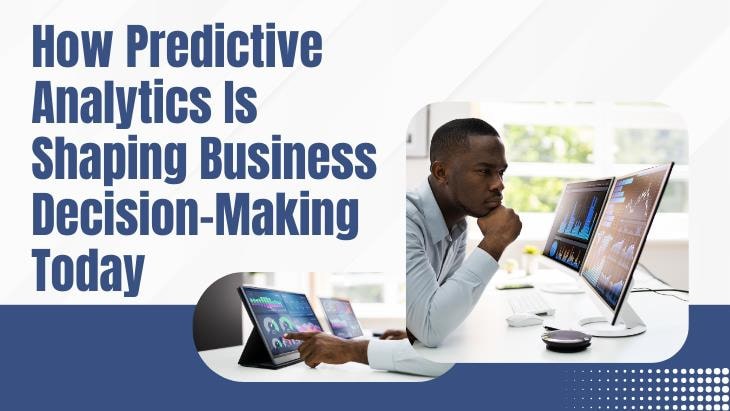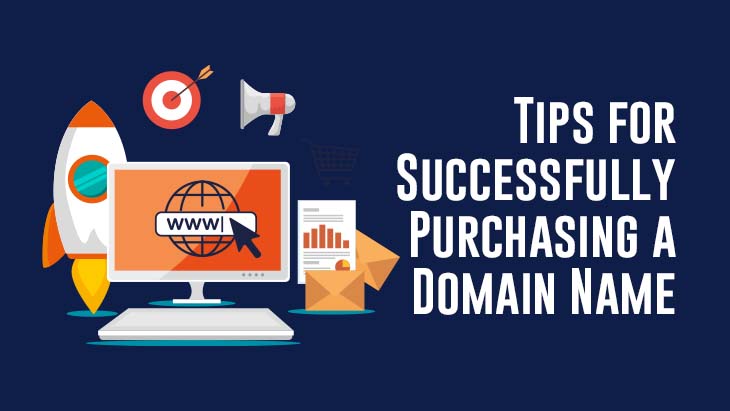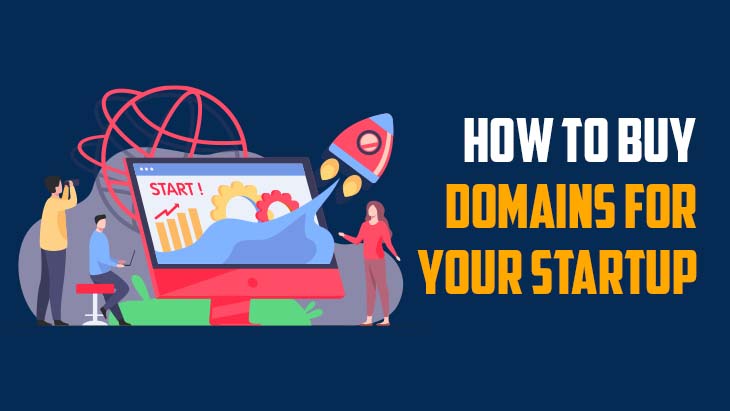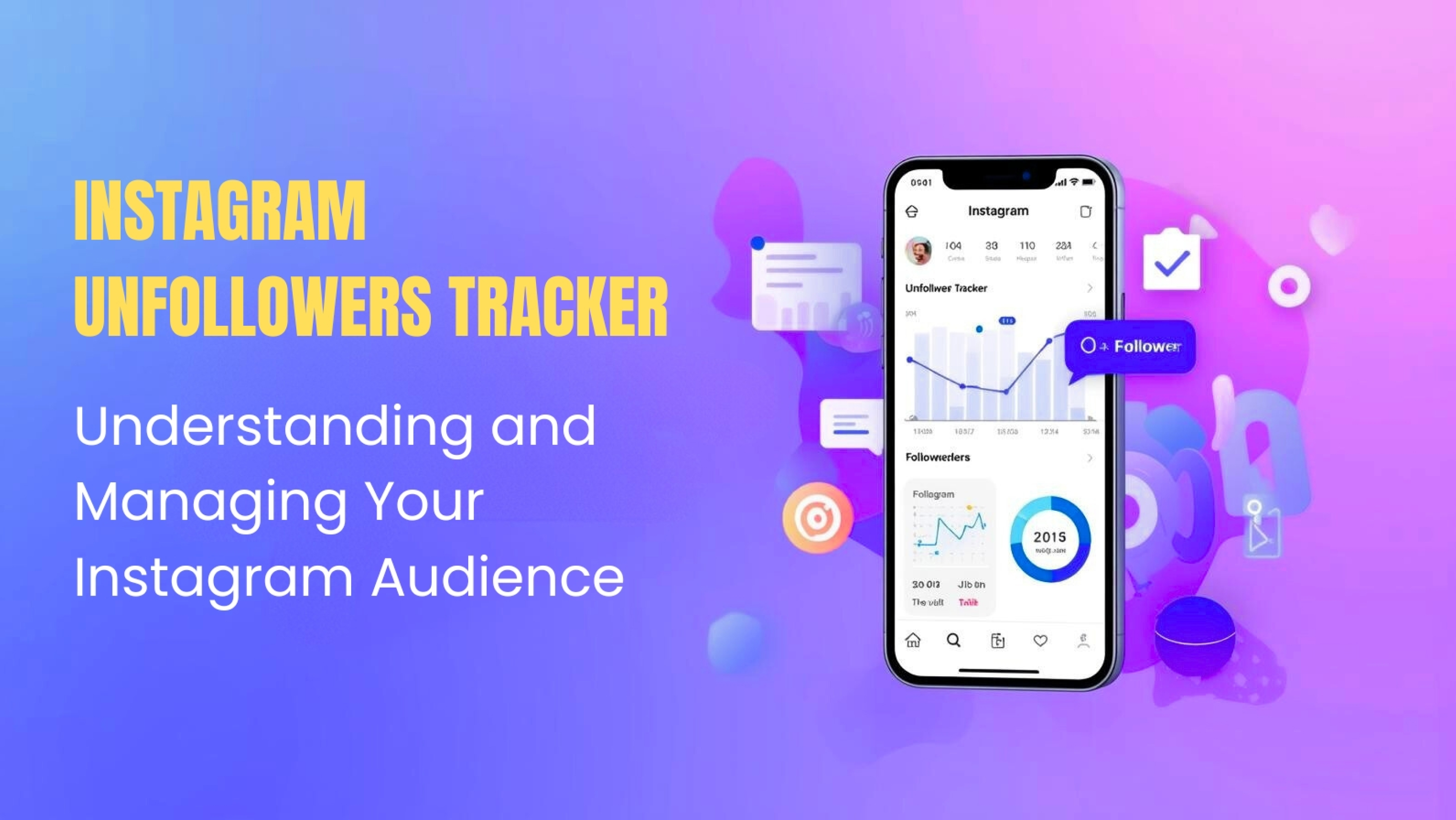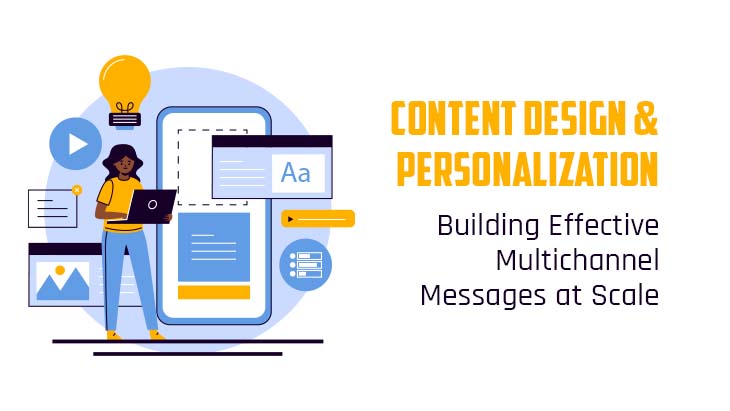Data is not only something companies gather in the fast-paced digital world of today; it's a potent weapon that can direct better decisions and propel expansion. Predictive analytics, a revolutionary tool that uses new technologies to help businesses forecast future events by analysing past data, is important in this evolution.
The rapid advancement of latest technologies such as machine learning (ML) and artificial intelligence (AI) has significantly elevated the capabilities of predictive analytics. No longer confined to data science teams alone, machine learning and AI-driven platforms are now widely accessible to businesses of all sizes, enabling real-time insights and proactive decision-making across industries.
From anticipating customer needs and optimizing operations to detecting fraud and reducing risk, predictive analytics — powered by AI and ML — is reshaping how modern businesses operate, compete, and grow. In this article, we’ll explore how predictive analytics works, why it’s essential, and how it's being applied in real-world business scenarios to drive innovation and success.
What is Predictive Analytics?
Predictive analytics fundamentally is about seeing forward with data. It helps companies determine what's likely to happen rather than merely knowing what already happened. It uses past data, statistics, machine learning, and algorithms mixed together to create reasonable projections for future results.
It can forecast, for instance, which consumers are most likely to buy when a piece of equipment breaks down or how market demand will shift in the coming quarter. There are countless opportunities, and as more data enters the system, the forecasts get more accurate.
How Predictive Analytics Works
A few factors must come together if it is to create reliable forecasts:
- Data Collection & Cleaning: The process begins with trustworthy data—such as sales figures, website clicks, social media activity, customer comments, and more—and then moves on to data cleaning. The forecasts are better the cleaner and more orderly the data is.
- Statistical Models: Tools like decision trees or regression analysis enable one to convert unprocessable data into reasonable trends and predictions.
- Machine Learning Algorithms: These algorithms anticipate more precisely with every cycle since they learn from past data and grow wiser over time.
- Model testing and validation ensure that a model produces consistent findings prior to their application in actual settings.
- Deployment & Monitoring: Once live, the model’s performance is tracked to ensure it stays accurate as market conditions evolve.
How Predictive Analytics is Making a Real Business Impact
Let's examine some unambiguous ways predictive analytics is changing corporate decision-making:
- Smarter Forecasting and Planning: Predictive models are being used by companies to control inventory, project sales, and create budgets. A retailer of clothes, for instance, can forecast which trends will be hot next season and adjust her inventory.
- Deeper Customer Understanding: Sometimes before the consumers even realise, predictive tools enable businesses to discover what their consumers desire. Customised offerings, smarter marketing, and improved customer retention follow from this. Consider how Netflix or Amazon might recommend something you would enjoy next—that is, predictive analytics applied at a business level.
- Better Risk Management: It guides risk assessment in sectors including banking and insurance. Banks use it to assess a loan borrower's likelihood of repayment. It helps insurers identify possibly fraudulent claims or forecast policy risk.
- Improved Operations More Effectively: Predictive analytics is helping companies streamline operations from industrial equipment breakdowns to retail and hotel staffing scheduling.
- Staying Ahead of the Competition: Early identification of client wants and developing trends helps businesses to act faster and strategically before their rivals.
Real-World Applications of Predictive Analytics
Predictive analytics has moved beyond theoretical models and is now a critical part of operations in many industries. Here are top 10 real-world applications that showcase its practical impact:
- Retail: Stores optimize pricing and stock by forecasting product demand based on trends and past data.
- Healthcare: Doctors use predictive tools to flag early signs of chronic conditions, allowing for quicker interventions.
- Banking: Banks predict credit risk and detect suspicious activity in real time.
- Manufacturing: Companies use sensor data to predict when machines need maintenance — avoiding costly breakdowns.
- E-commerce: Websites recommend products based on what similar users have viewed or bought.
- Logistics: Delivery companies optimize routes using traffic and weather data to reduce costs and ensure timely deliveries.
- Telecommunications: Providers predict which customers might leave so they can offer incentives to retain them.
- Energy: Utility companies forecast power usage patterns to better manage supply and avoid outages.
- Human Resources: HR teams predict employee turnover and identify future leaders using performance data.
- Insurance: Predictive models help insurers set fair premiums and detect high-risk policyholders or false claims.
Challenges of Predictive Analytics
Although predictive analytics is quite powerful, it has certain challenges:
- Data Quality Matters: If your data is messy or incomplete, the insights won’t be accurate.
- Complexity: Building models and interpreting them requires technical know-how and the right tools.
- Bias and Ethics: Poorly designed models can reinforce biases, especially in sensitive areas like hiring or law enforcement.
- Organizational Change: Shifting from instinct-based decisions to data-driven ones can require a cultural shift in how teams operate.
What’s Next? The Future of Predictive Analytics
The power of predictive analytics will change along with technological development. Prescriptive analytics, which suggests what to do about a situation rather than merely what might happen, is already under way. And some of those activities can even be done automatically as artificial intelligence and automation grow.
Democratising data is another major trend, whereby non-technical teams may use prediction technologies more easily. Thus, without requiring data scientists, marketing, sales, HR, and operations can all leverage data insights. Predictive analytics is, all things considered, moving from a competitive advantage to a basic business need.
Conclusion
Predictive analytics is no more a buzzword; it's a need for every industry trying to survive in the data-driven environment of today. Predictive analytics empowers decision-makers to make confident decisions by enabling businesses to anticipate future developments, comprehend their customers, mitigate risks, and operate more efficiently.
Industries which embrace this technology now will be most suited to thrive going forward as the tools get smarter and more user-friendly.










